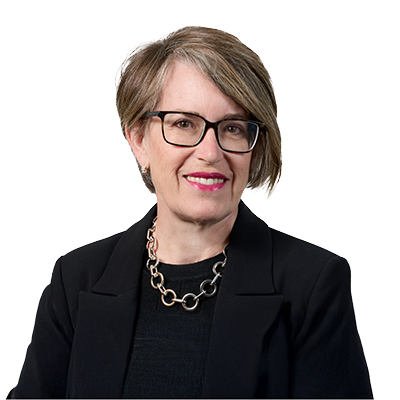This article was originally published by RenewEconomy and is reproduced with permission. Read full article
by Giles Parkinson, Editor of RenewEconomy
Australia was one of the world’s hot spots for research and development in the solar photovoltaic industry, which is causing a revolution in the global energy sector, but it does not have much to show for it in the global manufacturing stakes.
A small Brisbane-based company, Redflow, is determined that that does not happen in the next disruptive energy technology, battery storage.
Redflow, based in the inner city suburb of Redlands, has had an up and down experience since its unique bromine flow batteries were developed by the Winter brothers, Ted and Sam, at the University of Queensland.
The company now has a bold plan, and equally bold leadership, since Australian IT guru and multi-millionaire Simon Hackett became the major shareholder earlier this year, and more recently chairman.
Hackett says the battery storage industry is looking a lot like the internet industry in which he was a pioneer in the late 1980s.
“It’s incredibly like the same thing. It has the same sense that we are at the start of something interesting, where everything is a little too expensive but the early adopters don’t care because they know they are changing the world.”
Hackett’s focus is how to use energy storage in a smart and innovative way, which is why he is putting the experts at his IT firm, Base64, to add the “smarts” that will make Redflow’s flow batteries easy to use in the mass market.
That will put Redflow up in competition with some major international brands, including Tesla, which is releasing its battery storage system, the Powerwall, into the Australian market later this year.
It’s ironic for Hackett, because he is Australia’s number one fan of the Tesla brand, at least as it pertains to electric vehicles. He owns five of them, and has an order for another two. He was the first recipient in Australia of the Tesla Roadster and the Model S, and will get the first Model X next year.
But Hackett is convinced that zinc bromine flow batteries will be able to match, and even outperform the Tesla batteries and other lithium ion products.
Recent testing shows that the Redflow batteries do something that lithium ion batteries don’t like: they thrive on full lgdischarge. At the moment – over a 10 year period – Redflow estimates the cost of production at around 20c/kWh.
Given that Redflow batteries may be able to huge number of cycles, over and above the 3,000 already documented, those cost estimates will likely fall quickly, meaning that the combination of solar and storage will compete soon enough with the grid.
“We are at the start of that 10 year cycle,” says Hackett. “I reckon that within 10 years, energy storage will become a routine design choice. It’s not an experiment.. We are at the cusp of that becoming routine and normal and incredible effective.”


